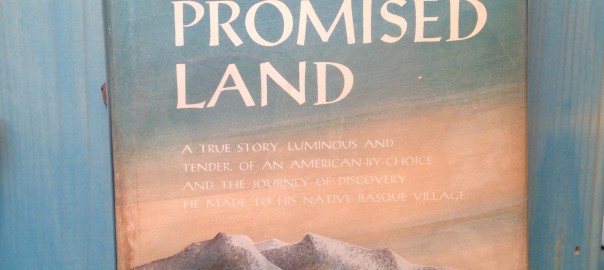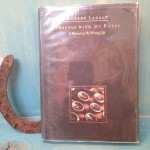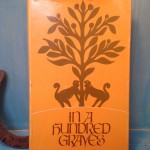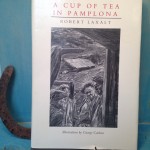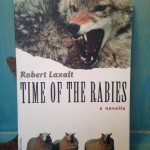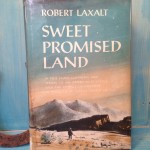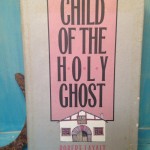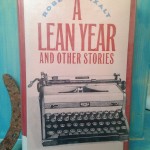Anyone with a history in Nevada will recognize the name Laxalt. Paul Laxalt was Nevada’s governor from 1967 to 1971 and then beat Harry Reid for the US Senator seat which he held through 1987. His political legacy is solid, and his career started as a boy when he rubbed shoulders with politicians in his family’s Basque hotel, later the Ormsby House, in Carson City. His extensive family is entwined throughout Northern Nevada’s public life and history.
His younger brother Robert though, is the one with a hold on me. Robert Laxalt ( 1923-2001) is an author at the top of the list that I Must Have Shelf Space For. Laxalt began his career as a journalist, and his spare, to the point, and vivid writing in both fiction and nonfiction works reflects that training. He is often compared to Ernest Hemingway who had a similar journalism background. He writes about Basque American sheepherders, the sagebrush, and family. If you know Nevada or the intermountain West, you know these people and places, If not, you want to know them.
Sweet Promised Land, Laxalt’s first book from 1957, is based on a trip he and his Basque immigrant father Dominque took to the homeland after Dominque’s 50 years in the deserts and mountains of Northern Nevada. Appreciation and affection grows for his father in the process, and we come to love and appreciate the whole family before the book ends. Sweet Promised Land , in fact, is frequently credited with winning elections for Paul, but politics aside, this is a beautiful family story, an immigrant story, a coming home story. I recommend it to everyone.
Charles Kuralt’s review of a later book says, “Somewhere along the line, many of our writers have forgotten how to tell stories, set in places the reader can see and feel and smell with the characters the reader cares about. Robert Laxalt hasn’t forgotten how. He has written a yarn that I, for one, believe and cannot get out of my head.” Readable but rich, action packed, likeable characters- these ingredients add up to a satisfying book for young adults, and Sweet Promised Land was actually a Weekly Reader publication for many years. When Laxalt helped found the University of Nevada Press, his books were then all published by the small university press and continue to be a mainstay of the UNR backlist.
Laxalt followed Sweet Promised Land with a dozen more Basque-American stories, some loosely based on his family history, some focused more on the Basque homeland. A Cup of Tea in Pamplona about smugglers in the Basque Pyrenees is colorful and riveting. A Man in the Wheatfield features Italian immigrants to Nevada, and is probably the most complex and ambiguous of his fiction works. The American Library Association named it one of the most Notable Works of Fiction in 1964, on the list with Ernest Hemingway and Saul Bellow. The Basque Hotel, nominated for a Pulitzer Prize, brings in more of the family’s hotel heritage and Laxalt’s strong, competent mama. Nevada, A Bicentennial History of course tops the nonfiction list.
Time of the Rabies, a novella and one of Laxalt’s final books, verges on a horror story, of the compelling, can’t-put-it-down variety. Based on an actual rabies epidemic in the 1920’s, the short story follows a sheep rancher and crew as the rabies epidemic sweeps over their operation and lives. Yikes. Nightmare material for everyone I know that read it, but so, so good! He captures that complex relationship with nature and livelihood ranchers and farmers know too well. Read it please, but not while alone or camping….
If you are a poor soul who hasn’t experienced any Basque American culture, start with Robert Laxalt’s books. Then get yourself to the JT Bar in Gardnerville, or the Marvin Hotel in Winnemucca, the Star Hotel in Elko, or any number of other great traditional Basque restaurants across Nevada, Idaho, Montana. You can still find good Basque food in Bakersfield with that area’s history of sheep herding. Thanks in part to Laxalt, Basque festivals are common in the region too, Reno has a great one coming up in July. (click here for more information) It is an ancient and fascinating culture, with deep roots now in our sagebrush and aspen west.
